Do Led Lights Cause House Fires [You'll Be Surprised]

Get Cash Offer
We will get back to you as soon as possible.
Please try again later.
LED lights, with their bright output, energy-saving technology, and ability to maintain lower temperatures, are becoming more popular in the home, partly because they use less energy than traditional incandescent bulbs. This shift in lighting preference has not only benefited the environment by reducing mercury emissions but also provided financial value, as they are more cost-effective in terms of product life and energy consumption. The market for LED lights is rapidly expanding, featuring various materials used depending on the types of LEDs and their applications. However, some people are concerned that LED light bulbs may pose a fire risk, much like the way old-fashioned mercury-filled lamps did. The question of whether these newer lighting solutions can cause contact fires is a critical thing to consider.
So, do LED lights cause house fires problems? The answer is no – but there are some essential factors to consider before replacing your high-wattage incandescent bulbs with LEDs at times when fire risks might be heightened. It's vital to keep in mind the lumens, voltage, and current of these light sources, as well as the case and installation requirements, heat sink design, and compatibility before making the switch.
LEDs are not dangerous and should not be confused with the high-wattage incandescent bulbs from years ago. They feature more advanced circuit designs and materials, making them safer, including the integration of a heat dispersion system. However, necessary precautions must be taken, including choosing the right type of LED bulb for your space, using gloves during installation to avoid damage, and adhering to proper installation guidelines. The proper selection and installation of LEDs in your home can make a significant difference in the safety of your environment, especially at night when sufficient vision is required and most lights are needed.
The type of LED bulb you have in your home can make a difference in how safe it is for your family. For example, if you have an LED ceiling light rated at 100 watts, it will produce more heat than an incandescent 100-watt bulb. High temperatures could eventually lead to a contact fire hazard. In that case, it is essential to replace it with a more energy-efficient material or product, such as an LED dimmer switch or motion sensor light bulb. Motion sensors and 12v LEDs can help reduce your overall energy consumption, providing a safer environment for your home and workspaces.
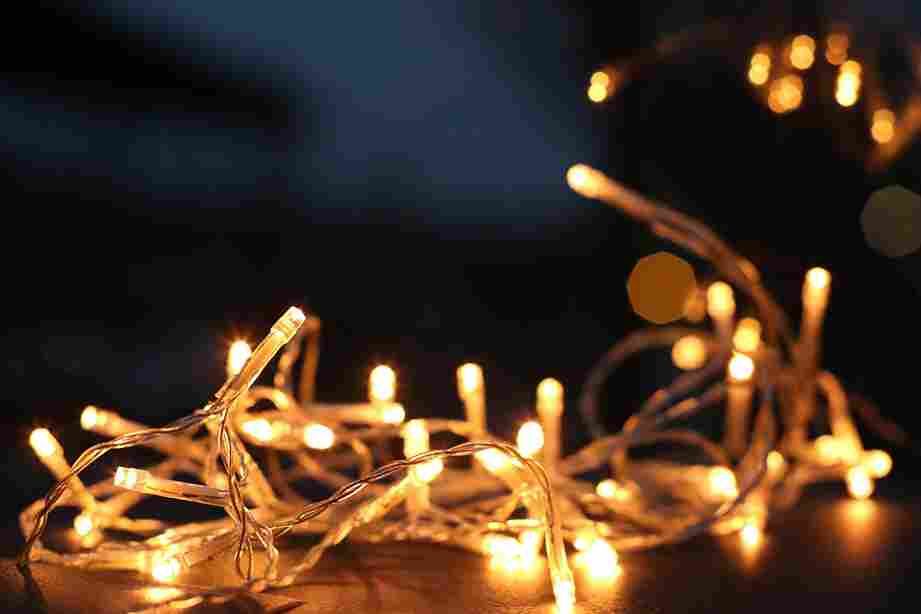
How do LED Lights Cause Home Fires?
The heat generated by LED lights is undoubtedly an important aspect to consider. LED lights are extremely energy-efficient and cost less than traditional light bulbs, making them popular among homeowners who want to reduce their electric bills. But when these LED lights are improperly installed or misused, there's a chance that they will cause fires in your home. Strips of LEDs, for example, can be prone to fire hazards if not installed correctly or if they are not compatible with other components in the circuit, such as heaters.
LED Light bulb Overheat
A traditional incandescent light bulb produces more than enough heat to catch fire. However, it requires a lot of electricity to do so. The amount of heat generated depends on the light's design and the materials used. In addition, traditional light bulbs produce a lot of heat, which increases their chances of sparking a fire.
Is an LED light hot enough to ignite? The LED bulb conducts electricity using a semiconductor, producing 75 percent less electricity and 25 percent longer battery life than traditional bulbs. Additionally, LED bulbs produce a lot less heat than conventional bulbs, reducing the likelihood of reaching ignition temperatures.
Brittle Wiring
The condition of the light is also essential to consider. The most likely cause of fire hazards is overusing the wattage of traditional filament bulbs. Overusing can result in excess heat being generated and making the lights brittle, so they're more likely to catch fire.
To solve the problem, you should match the voltages. You want to ensure that you are not exceeding these limits. You can find the light's voltage on the packet, which helps you understand the source of energy it draws from.
Loose Electrical Wire
Loose electrical wires pose a substantial risk, especially in Christmas lights that must be plugged into a socket. Ensuring your wiring is intact and properly managed can go a long way in preventing potential hazards associated with LED lighting. If these wires become exposed, they could spark and potentially cause a short circuit, resulting in damage or even fire.Especially if there are flammable items near the electrical outlet, just one spark can start a fire. In order to avoid such risks, it is crucial to ensure that everything is secured and properly maintained, from the diode to every other part of the lighting system, including channels, power supply, cases, and controls for brightness and temperature. In some instances, taking preventative measures may help eliminate the issue caused by faulty products.
Here are a few ways to reduce the risk of this happening:
- Thoroughly inspect the lights.
- Pay special attention to the cord.
- Watch for flickering or dimming lights that may indicate electrical problems.
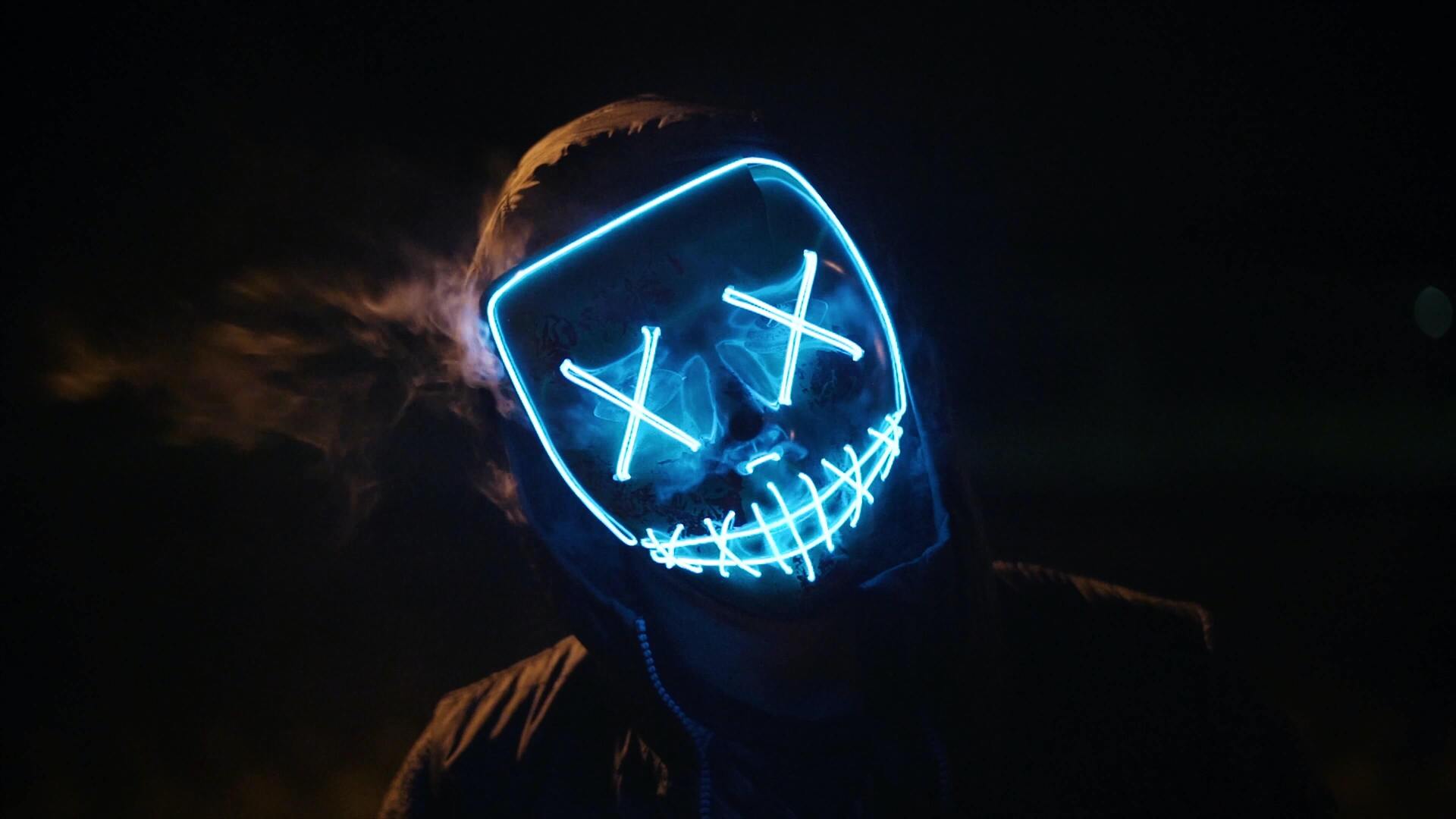
Is it Possible to Cause a Fire Accident with LED String Lights?
Due to the stringing of LED lights, a fire outbreak is more likely with this LED lighting type because it involves tying several LED lights together. Several guidelines can help you install string LED lights in your home safely. These include considering a range of options to ensure the smooth flow of electricity through the channels and preventing hazards, utilizing only compatible products.
- Low-voltage string lights require a power adapter and have a length of 5 meters. Line-voltage string lights have a length of 50 meters.
- Use the correct adapter for the light strip's wattage and length.
- Ensure that your LED strip light is properly cooled because the more LEDs present on the strip, the higher the amount of heat that is generated.
- Finally, ensure sufficient space between the strip lights for effective heat dissipation. Remove any safety hazards nearby as well.
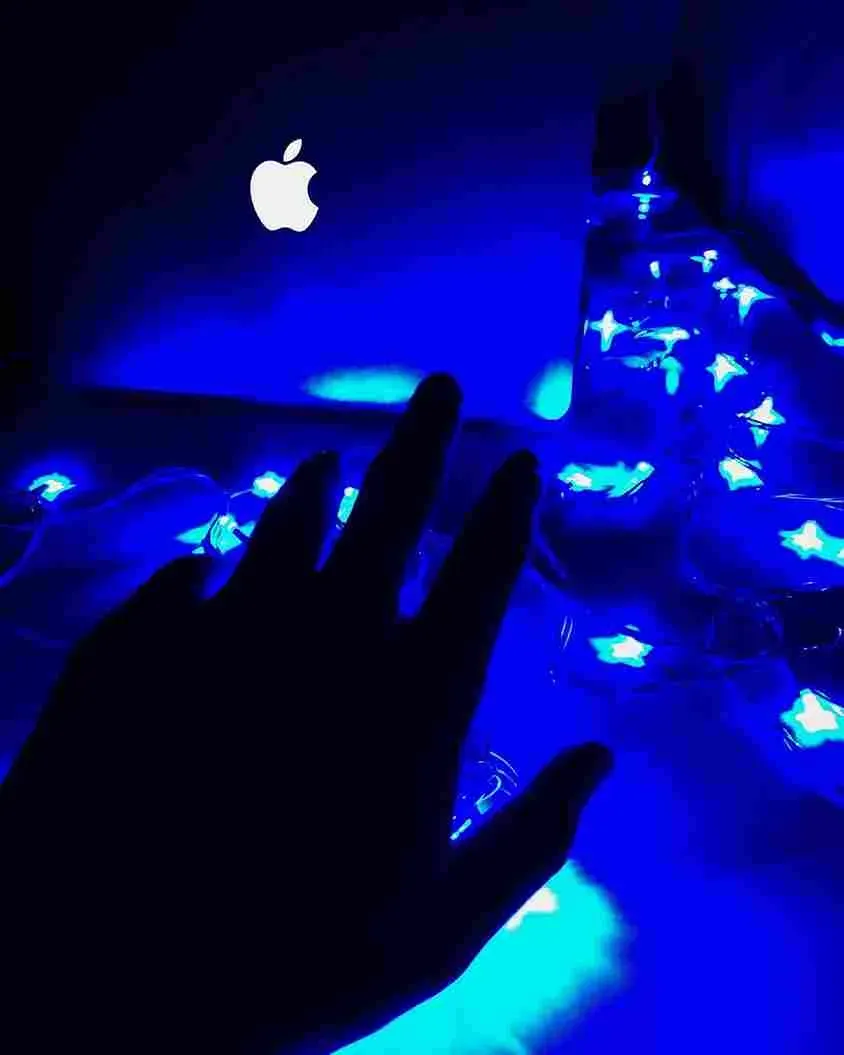
Do LED Strip Lights Overheat?
Overheating LED strip lights is possible depending on the power and density of the strip. After overheating, their lifetime reduces. Therefore, heat sinks are necessary to prevent overheating and protect every part of your lighting system.
What To Do If Your House Burns Down Due To Led Lights
Experiencing a house fire is a devastating event, especially if it's caused by LED lights. However, knowing what to do in such a situation can help you navigate the aftermath with confidence. First and foremost, prioritize your safety and that of your loved ones. Once the flames are extinguished, contact your insurance provider promptly to initiate the claims process. Document the damage thoroughly, as this will be crucial for insurance purposes and potential legal matters. Fire damage - Sell your house without hassle by seeking professional assistance from fire damage restoration experts who can assess the extent of the damage and guide you on salvageable items and repairs needed. If you decide to sell a fire-damaged home with confidence, consider working with a reputable real estate agent experienced in handling such properties. They can assist in determining the right price, marketing the home effectively, and negotiating with potential buyers. While coping with a fire-related disaster is challenging, taking these essential steps will help you move forward and find the best buyers for your fire-damaged home.
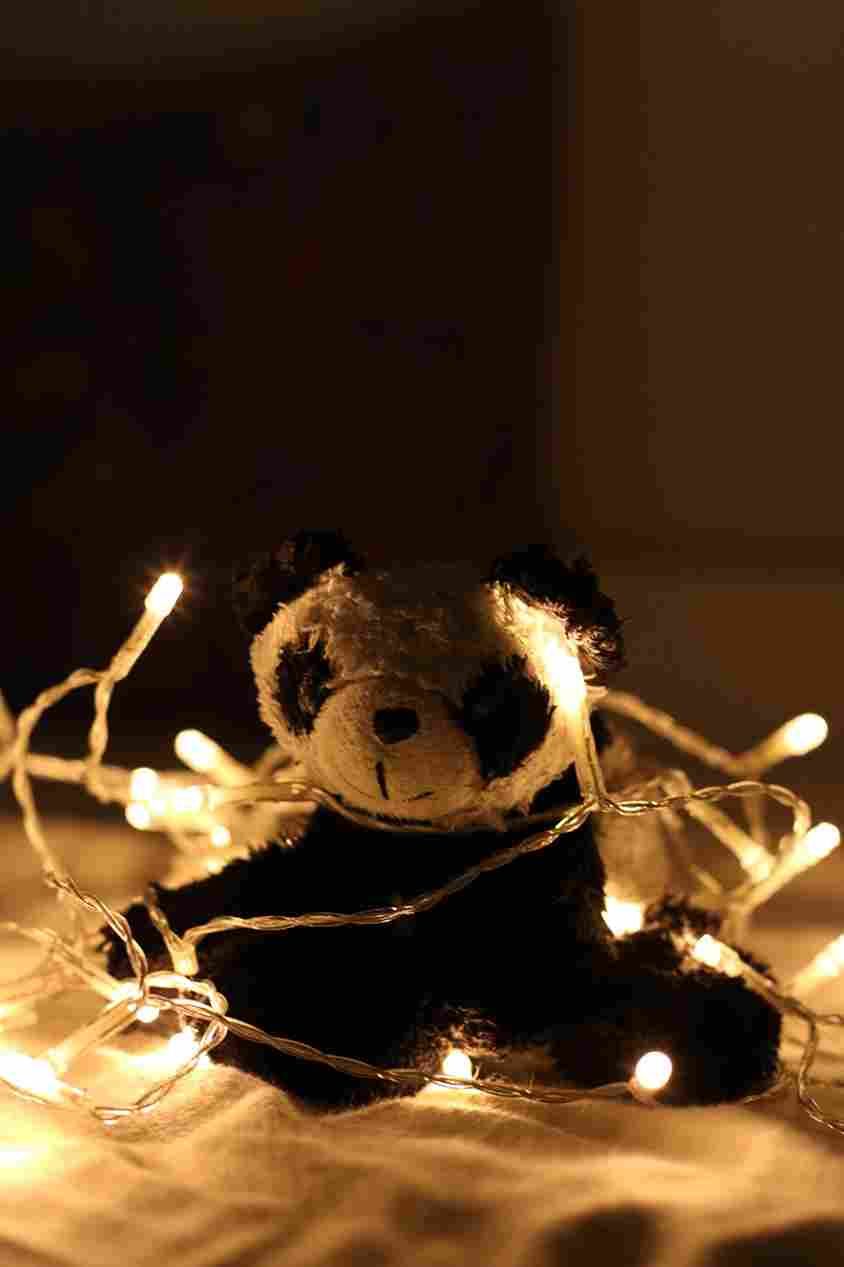
What Are LED Lights Safety Tips?
LED lights are more sophisticated than incandescent bulbs and must be installed properly to avoid fire hazards. As for LED bulbs, the driver must regulate the voltage so that it is lower than a certain amount for compatibility reasons. Now, the purpose of this driver is to lower the voltage to be compatible with LED bulbs, and in some cases, it also manages the brightness.
The problem with LED drivers is that they are complex, and if a heating problem occurs, it is likely to be caused by improper components. Listed below are some general tips for LED light safety.
Utilizing only LED components compatible with the manufacturer's specifications is always a good idea to prevent potential hazards.
Ensure you read the manufacturer's specifications to know whether certain LED lights come preinstalled with drivers.
Light fixtures should be checked to ensure the heat dispersal system is free of obstructions. If you must use an enclosed fixture in your home, buy LED lights that are "Enclosed Fixture Rated." You may need to cover the bulb with plastic or glass instead of open-air bulbs.
Choosing components that meet ETL or UL standards ensures high-quality electric components.
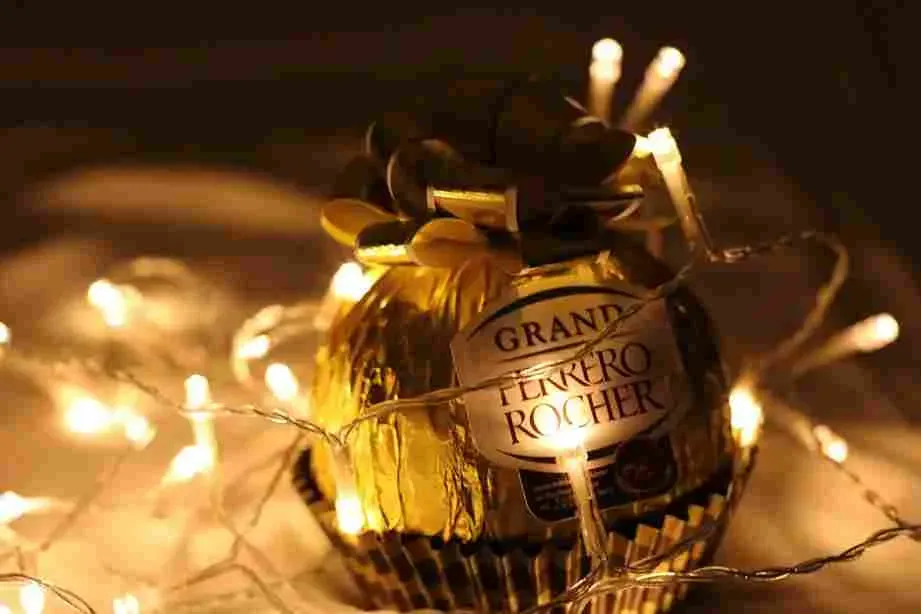
WE CAN HELP WITH ANY SITUATION AND WE'RE READY TO GIVE YOU A FAIR CASH OFFER!
Enter Your Information Below it is Quick, Easy & Free!
Get Cash Offer
We will get back to you as soon as possible.
Please try again later.
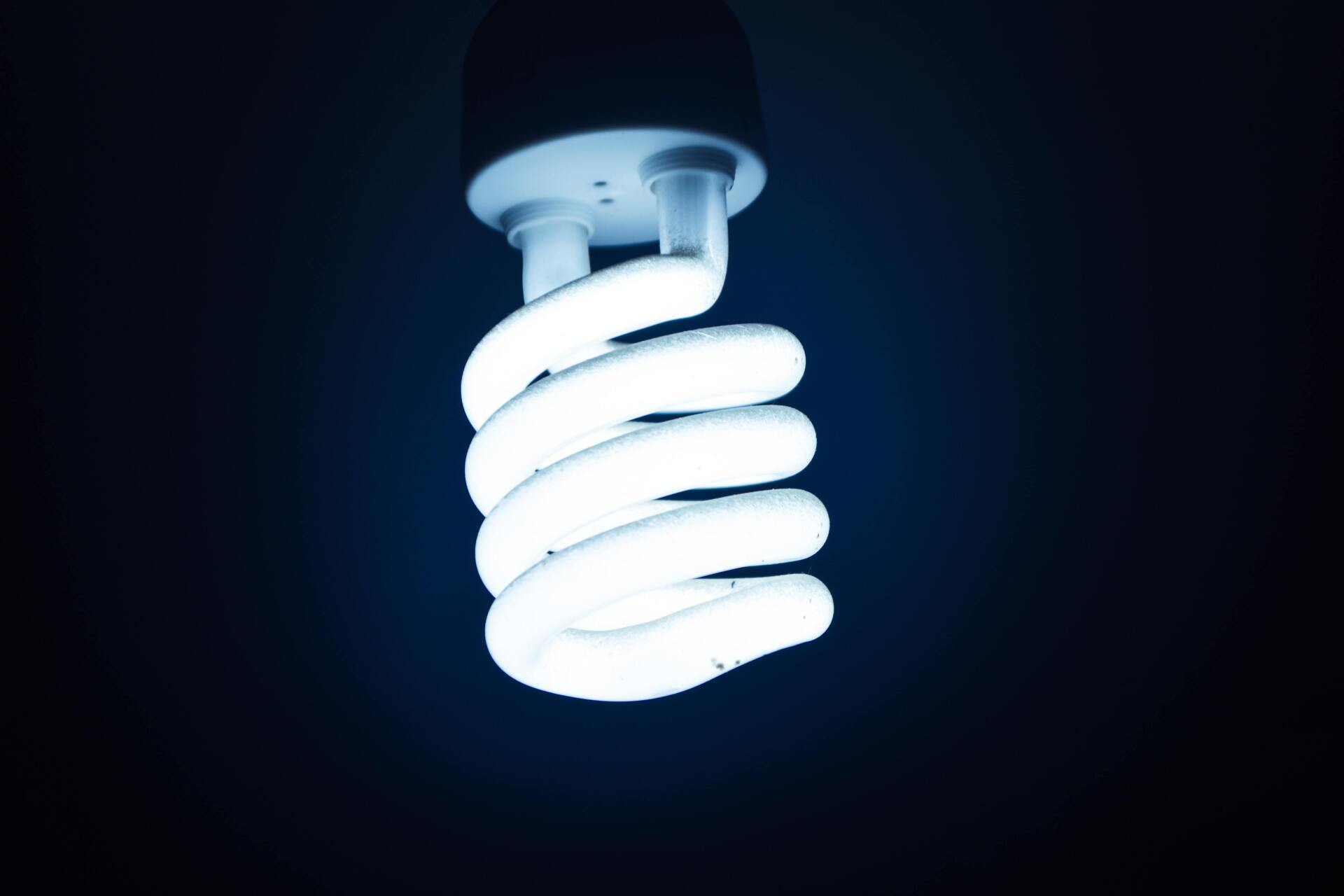

Get Cash Offer
We will get back to you as soon as possible.
Please try again later.

Happy Customers



Other Things That Cause Fires
All Rights Reserved | Fire Cash Buyers
